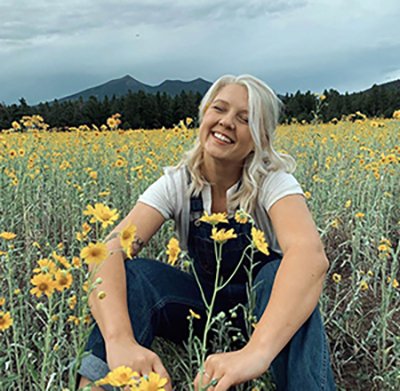Key Takeaways
- Teaching about environmental justice is about making sure everyone has access to healthy food, clean air and water, and safe homes.
- More and more aspiring educators are learning about environmental justice and using their campus chapters to host events where environmental science majors share knowledge with their peers.
As a future educator, you will help develop the next generation of informed citizens. Perhaps most urgent of all, you will have the opportunity to teach students about environmental justice. People of Color and low-income communities often suffer the harshest consequences of pollution and climate change. Environmental justice is about making sure everyone has access to healthy food, clean air and water, and safe homes.
Many public schools have worked to raise environmental awareness and teach students to be conscientious stewards of Earth. Some districts have incorporated school gardens into their lessons, and many teach about recycling and conservation. But few districts have prioritized teaching about the climate crisis and environmental justice.
That’s doing students a disservice, says Oregon social studies teacher Tim Swinehart. “They already hear and know a lot about the climate crisis, and it is really irresponsible for us to just leave them hanging,” he says.
Aspiring educators like Madison O’Brien agree. She’s a senior at Northern Arizona University, in Flagstaff, and is working on her K–8 certification.

“I’m 1,000 percent going to be incorporating environ- mental justice in my teaching practices,” she says. Her goal is to foster students’ empathy for those who are most deeply affected by climate change and to make her classroom a safe space where students can ask questions and research the issues together.
“The younger we are, it feels like we care a lot more about climate change because it’s our future and our students’ future,” she says.
Scared, Overwhelmed, Fired Up
Swinehart teaches in Portland, Ore., which is one of the most progressive districts in the country when it comes to climate education. In 2016, a coalition of teachers, students, and community leaders passed a climate justice resolution barring the use of classroom materials that promote climate change denial. The resolution also requires the curriculum to present climate change accurately and focus on environmental justice.
“The kids are scared, overwhelmed, and fired up,” says Swinehart, whose students requested a class on environmental justice. “But they are also natural activists, and they want to do something about it. We owe it to them to come at these issues with honesty.”
A critical part of environmental justice education, he says, is helping students learn about people who are confronting the climate crisis in bold and courageous ways. They are particularly inspired by activists who speak up against oppressive regimes and by Indigenous people who often do the most to respond.
School-age youth all over the globe have organized climate strikes, urging adults to take action on climate change. In the U.S., young people have written about their experiences with environmental racism; helped pass laws and ordinances to improve local practices; and demanded that school boards remove barriers to learning about climate science and environmental justice.
Jason Foster, a National Board Certified biology teacher, says educators must be clear about their intentions and develop a “deep, personal understanding of justice.”
They must be able to discuss not only the science of ecology and climate change, but how racism and poverty trap communities of color in perilous surroundings.
“This work is a marathon, not a sprint,” says Foster, who teaches high school in Evanston, Ill. His advice to future educators? “Keep reading materials to help you reflect on your own practices. Keep thinking about your own blind spots regarding racial justice, social justice, and intersectionality. You’ll find ways to naturally apply what you’re reading to your curriculum.”
What is NEA Doing?
As a former middle school science teacher, NEA President Becky Pringle knows that schools must help young people tackle these problems. That’s why she’s a leader of K–12 Climate Action—a coalition that aims to make schools a force for change, including supporting teaching and learning about climate issues.
“Many educators still need to know how to teach climate change ... [and that they have] the option of teaching the topic,” Pringle says. “These truths hinder our students’ ability to take their place as leaders in the climate change and environmental justice movement.”
Aspiring educators are learning more about environmental justice, too. O’Brien’s student chapter has hosted campus events where environmental science majors share knowledge with their peers.
“I really appreciate how they are able to tell us all of these scary facts without us feeling a sense of hopelessness after the conversation,” O’Brien says. “I never leave feeling like I can’t do anything.”








